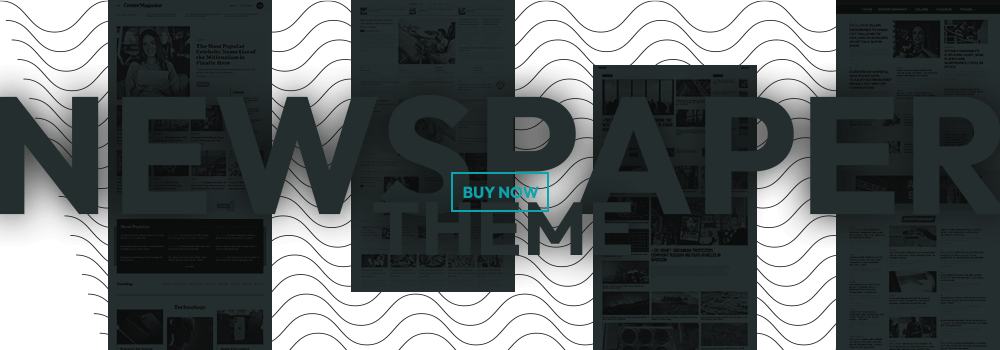With one of the highest population densities of any country in the world, Singapore often draws up associations with bustling urbanism. ligaplay88
Artist Robert Zhao Renhui wants to challenge that perception. His exhibition Seeing Forest, which represents Singapore at this year’s Venice Biennale (April 20–November 24), explores the city-state’s secondary forests—once-developed land which has been since reclaimed by nature. Secondary forests make up approximately 4% of Singapore’s land mass; unlike primary forests, however, they don’t enjoy governmental protections and are often recleared for building projects.
The flora and fauna that have flourished in these ecosystems, many of them not native to Singapore, become protagonists in Zhao’s multimedia works. The Owl, The Travellers and The Cement Drain (2024), the two-channel video installation at the heart of the Biennale exhibition, teems with owls, eagles, wild boars, and lizards. Two humans explore the wilderness together but more often, it’s human detritus that dots this liminal terrain: abandoned tents, century-old booze bottles, old tapping cups from when much of Singapore was a rubber plantation, and more. ligaplay88
In Zhao’s Trash Stratum (2024), a partner piece to The Owl, The Travellers and The Cement Drain, twelve screens are embedded within a deconstructed curiosity cabinet. They display footage of the animal visitors to a dustbin Zhao found abandoned in a secondary forest. In one scene, frogs float placidly in the bin, filled with rainwater—an ecosystem within an ecosystem, a treasure from one man’s trash.

That image eloquently sums up Zhao’s practice. For more than a decade, Zhao, 41, has tried to escape simplistic dichotomies between “wild” and “developed” land—a binary that exists mainly in the human imagination and nowhere else.
“Where I live exists at this boundary line between city and nature, between urbanized cities and wild secondary forests,” Zhao says. “I’m interested in the collapsing of such categories because they tend to espouse a kind of conservative—and misguided—thinking that prioritizes ‘wildness,’ ‘virgin’ and ‘untouched’ as somehow superior to, say, an abandoned village where a forest of unremarkable and common tree species has taken over.”
Zhao says secondary forests are the “longest and most persistent” of his ecological interests: he’s been filming and photographing secondary forests in Singapore for seven years now. But the roots of Seeing Forest stretch back to 2008, when Zhao started the Institute for Critical Zoologists. Though its title parodies lofty research think-tanks, Zhao says the ongoing one-man project is as serious as they come. Under the banner of the semi-fictional Institute, he’s studied the last wild cow in Singapore, which died in 2016; the migration patterns of bird species near the border between China and North Korea; and the effects of human settlement on Christmas Island, under Singaporean control until 1958. ligaplay88


